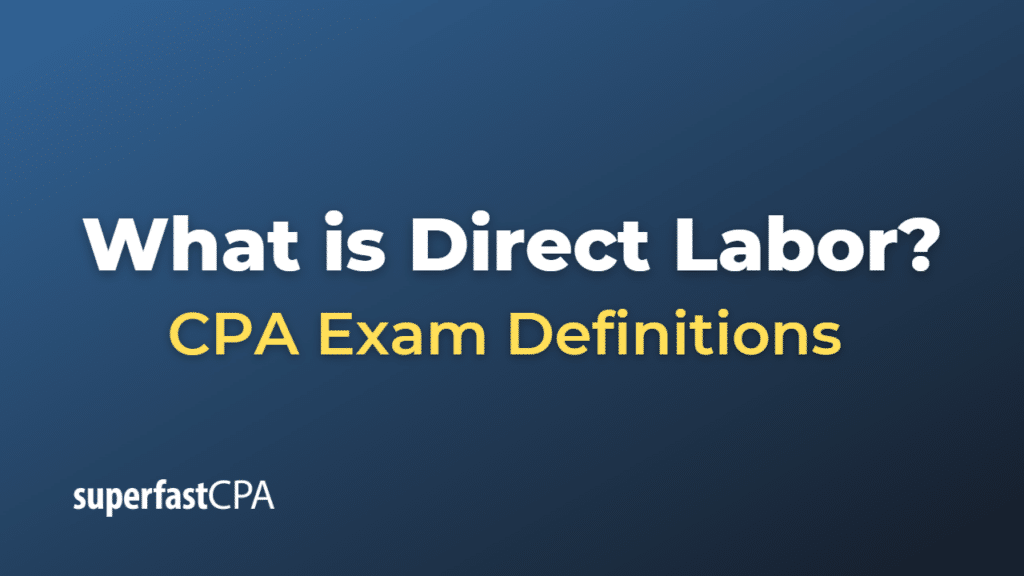Direct Labor
Direct labor refers to the work done by employees that is directly related to the production of goods or the delivery of services. In other words, these are the labor costs for employees who physically manufacture a product or perform a service.
For instance, in a car manufacturing company, workers on the assembly line who build the cars would be considered direct labor because they are directly involved in the production of the goods being sold. Their wages, benefits, and any other costs directly associated with employing these workers would be categorized under direct labor costs.
In contrast, indirect labor refers to employees who support the production process but are not directly involved in making the product or providing the service. This could include maintenance staff, janitors, and other supporting roles. The cost of these employees is typically classified as overhead.
Direct labor is an important part of cost accounting because it is a variable cost that increases with the level of output, and thus plays a significant role in the cost of goods sold and in pricing decisions.
Example of Direct Labor
Let’s consider a bakery business as an example.
In this bakery, the bakers who mix the dough, bake the bread, and decorate the pastries are performing direct labor. They’re directly involved in creating the goods that the bakery sells. Their wages, benefits, and any overtime pay they earn are all considered direct labor costs. The bakery would include these costs when calculating the cost of each loaf of bread or pastry they produce.
On the other hand, the bakery’s manager, who oversees operations but doesn’t directly contribute to the creation of the goods, is considered indirect labor. The manager’s salary would be classified as an overhead cost, not a direct labor cost.
Similarly, the janitor who cleans the bakery and the delivery driver who delivers the bread to local grocery stores are also indirect labor. They’re necessary for the business to operate, but they’re not directly involved in making the goods. Their wages would also be categorized as overhead costs.
So, in this example, the bakers are direct labor, and the manager, janitor, and delivery driver are indirect labor. The direct labor costs would be part of the cost of goods sold and are important in determining the bakery’s pricing for its products.













